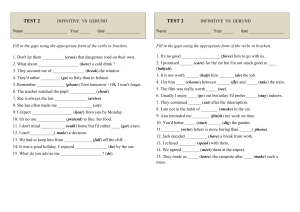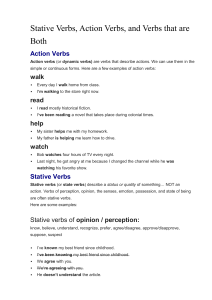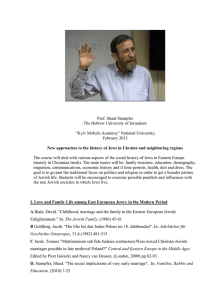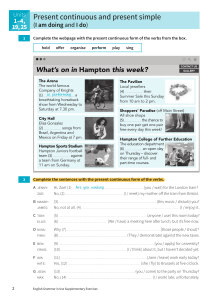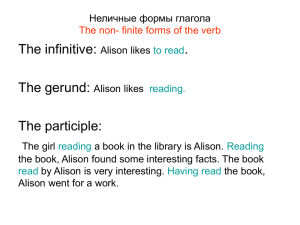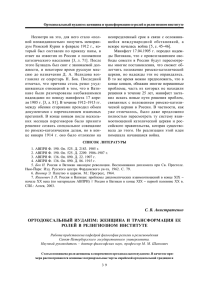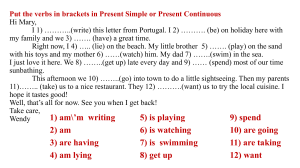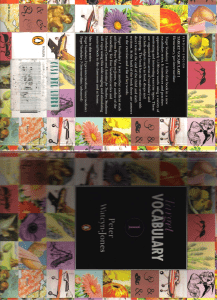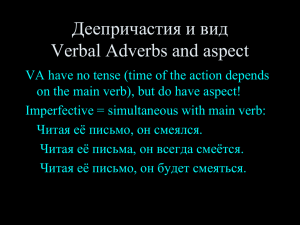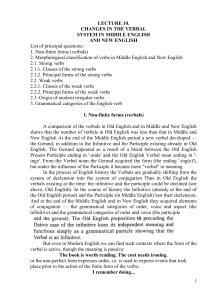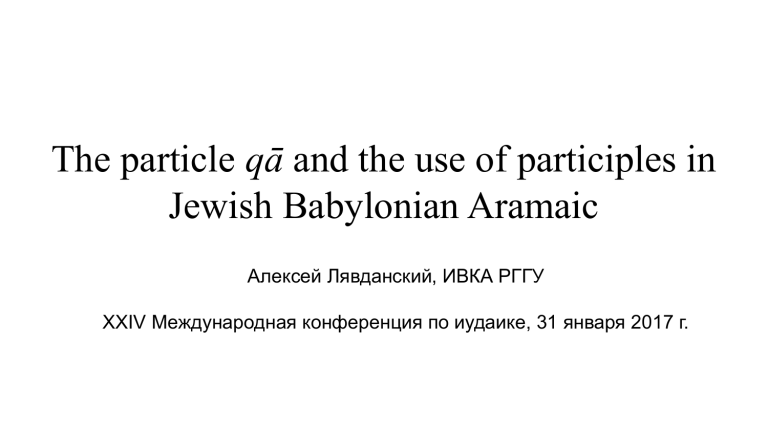
The particle qā and the use of participles in Jewish Babylonian Aramaic Алексей Лявданский, ИВКА РГГУ XXIV Meждународная конференция по иудаике, 31 января 2017 г. References 1. 2. 3. 4. Breuer Y. The Function of the particle Qa in the Aramaic of the Babylonian Talmud // Lĕšonénu 60 (1997) 73–94 [in Hebrew] Morgenstern M. Studies in Jewish Babylonian Aramaic: Based upon Early Eastern Manuscripts, Winona Lake, 2011. Khan G. Indicative markers in North Eastern Neo-Aramaic // M. Moriggi (ed.), XII Incontro Italiano di Linguistica Camito-semitica (Afroasiatica). Atti, 2007. Heinrichs, W. Peculiarities of the verbal system of Senāya within the framework of North Eastern Neo-Aramaic (NENA) // Festschrift für Otto Jastrow zum 60. Geburtsag, Wiesbaden, 2002. Historical development of the qā forms *qāʔim qātil (cf. JPA) qā qātil (JBA, EEMss) qāqātil (Standard JBA) k(i)-qatil (North Eastern Neo-Aramaic) qā > kā DJBA 549 Bar Hebraeus (XIII c.) apud Heinrichs 2002:249 Functions of qā in JBA Iterative/habitual: qātil Durative/progressive: qā-qātil Functions of k(i)- in NENA Jewish Bokan and Sanandaj Breuer’s innovation (1997) Breuer 1997 argues that qa-participle indicates “an action that occurred in the past whose ramifications were still relevant at the time of utterance”. “Breuer argues that this second use of the participle derived from the first”. Deficiencies of Breuer’s approach 1) It is not enough to explore only the instances of qā in order to understand its function. The function of qā should be formulated within the framework of all functions of the participle. 2) There is no differentiation in verbal types (Aktionsarten): different classes of verbs behave differently: f.e. stative verbs vs. dynamic verbs. Stative verbs DJBA 545
